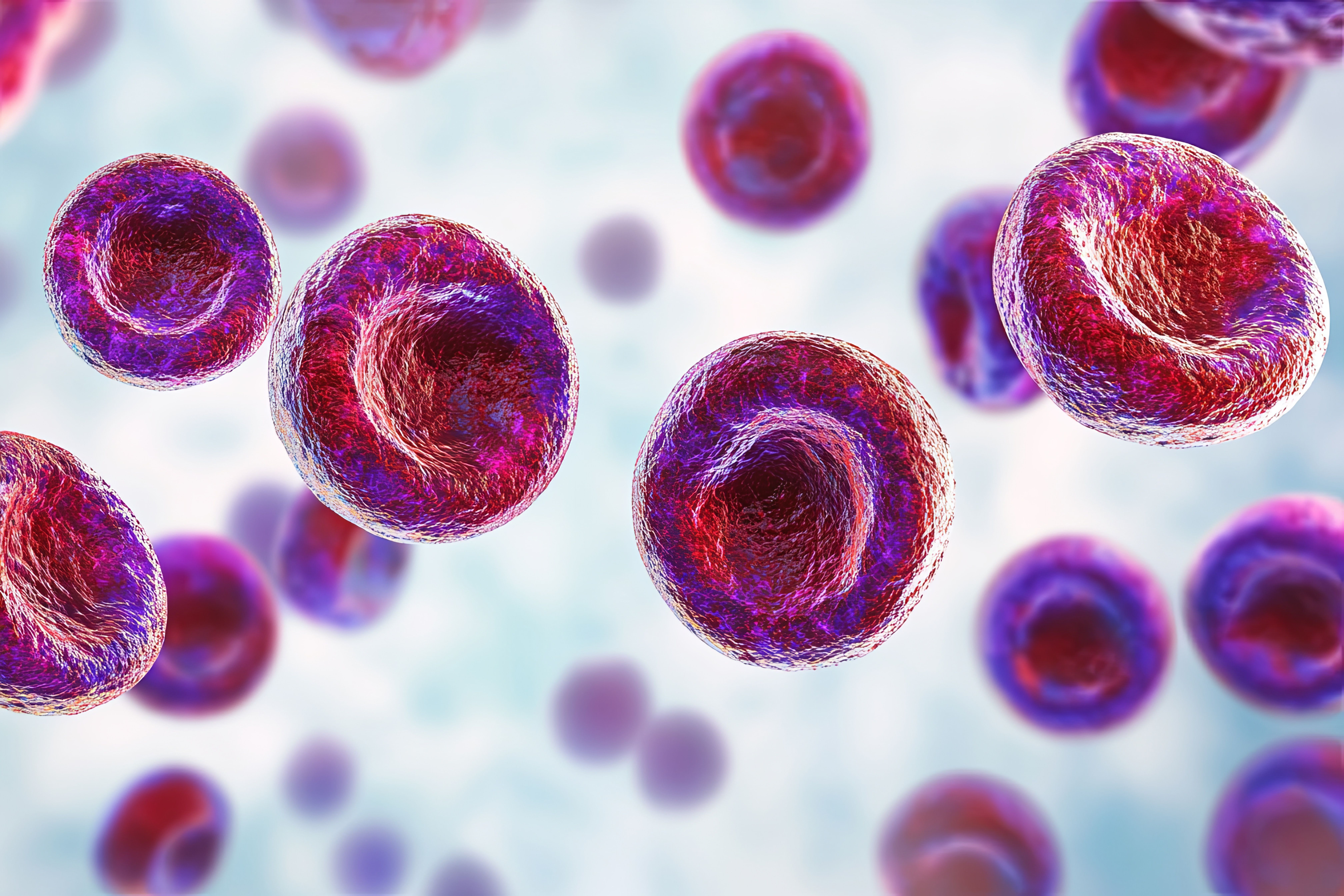Article
Carfilzomib, Bortezomib Combo Shows Potential for Reducing Tumor Growth in Melanoma Cells
Author(s):
The in vitro study of melanoma cells analyzed the molecular mechanisms of the pair of proteasome inhibitors, finding that they reduced B16-F1 tumor growth.
Combining carfilzomib, a broad-spectrum drug with low toxicity, with bortezomib, a highly effective drug with cytotoxic side effects, may be a viable treatment strategy for metastatic melanoma, an aggressive cancer with poor survival, according to study findings. If confirmed in future trials, the combination could provide these patients with an option that reduces the side effects of bortezomib.
The in vitro study of melanoma cells analyzed the molecular mechanisms of the pair of proteasome inhibitors, finding that they reduced B16-F1 tumor growth. The treatment combination also showed promise in a C67BL/6 xenograft mouse model, with researchers observing significant reductions in tumor size in the mice.
In the in vitro model, the combination inhibited tumor growth through apoptosis via endoplasmic reticulum (ER) stress and reactive oxygen species (ROS) accumulation, and mitochondrial membrane potential (MMP) loss in the melanoma cells.
“BZ- and CFZ-induced apoptosis were confirmed by the presence of cleaved caspase 3, 8, 9, and 12. Western blotting revealed that the overall effect of BZ on caspase activation was stronger than that of CFZ at the same concentration,” researchers wrote.
“In addition, the high level (10% compared to 2%) of fetal bovine serum (FBS) in the Dulbecco’s modified Eagle’s media (DMEM) reduced the caspase activation signals in BZ- and CFZ-treated cells. Time-dependent Western blot analyses with cells cultured in 2% FBS also showed that the activation of caspase 3 was evident at 24 h after treatment with 100 nM BZ and CFZ,” they said.
While bortezomib began to activate caspase 8, 9, and 12 after 16 hours and enhanced their activation at 24 hours, carfilzomib slightly activated caspase 9 and 12 at 16 hours but caspase 8 at 24 hours.
These findings, say the researchers, indicate that both treatments can induce apoptosis by activating canonical caspases that are implicated in the intrinsic and extrinsic pathways. However, they note that each treatment had different contributions.
“To determine ER stress induction, B16-F1 cells were treated with various concentrations of BZ and CFZ for 24 hours, and the expression of ER stress-associated proteins, such as GRP94, GRP78, soluble XBP1, and CHOP, and the cleavage of ATF6α was examined by Western blot analysis,” authors explained.
They continued, “the concentration-dependent Western blotting data clearly showed that the levels of some of the ER stress markers, such as GRP78, ATF6α, and XBP1, were greater in the BZ-treated cells than in the CFZ-treated cells at the same concentration.”
The researchers also tested the ability of the pair to induce ROS accumulation, finding that ROS levels increased from 11.7% to 45% with 100 nM of bortezomib treatment and to 37% with 100 nM of carfilzomib.
Reference: Lee MS, Lim SH, Yu A, Hwang CY, Kang I, and Yeo E. Carfilzomib in combination with bortezomib enhances apoptotic cell death in B16-F1 melanoma cells. Biology (Basel). 2021;10(2):153. doi:10.3390/biology10020153





